Le paysage du commerce international a considérablement évolué ces dernières années, caractérisé par une complexité croissante et l'émergence de nouvelles opportunités et de nouveaux défis. Les politiques commerciales jouent un rôle essentiel dans la trajectoire économique des nations, et des accords commerciaux bien conçus, ont le potentiel de sortir les pays de la pauvreté tout en favorisant le développement durable. Les nouveaux accords commerciaux intègrent désormais des questions émergentes telles que le changement climatique, la durabilité environnementale, l'égalité des sexes et l'inclusion de groupes d'intérêts particuliers. En outre, les accords de libre-échange (ALE) actuels de haut niveau dépassent les engagements pris dans le cadre de l'Organisation mondiale du commerce (OMC), en particulier dans les domaines touchant à l'agriculture, qui comprennent désormais des aspects liés à la biotechnologie agricole, aux systèmes de production durables, à la protection des consommateurs et aux droits de propriété intellectuelle. Afin d'exploiter pleinement ces avantages et de s'orienter dans les complexités des politiques commerciales modernes, il est important que le Kenya dote ses négociateurs commerciaux des capacités techniques nécessaires pour entreprendre des négociations commerciales aux niveaux bilatéral, régional et multilatéral. C'est pour cette raison que TradeMark Africa (TMA), par l'intermédiaire du département du commerce du ministère des investissements, du commerce et de l'industrie (MITI), a soutenu le renforcement des capacités des négociateurs commerciaux dans le cadre du programme BEEEP (Business Environment and Export Enhancement) financé par l'UE. La formation a été réalisée en collaboration avec la Banque mondiale, qui a mis à disposition des experts techniques...
Le programme de renforcement de l’environnement des entreprises et des exportations de l’UE aiguise la perspicacité du Kenya en matière de négociations commerciales
Posted on: March 8, 2024
Posted on: March 8, 2024

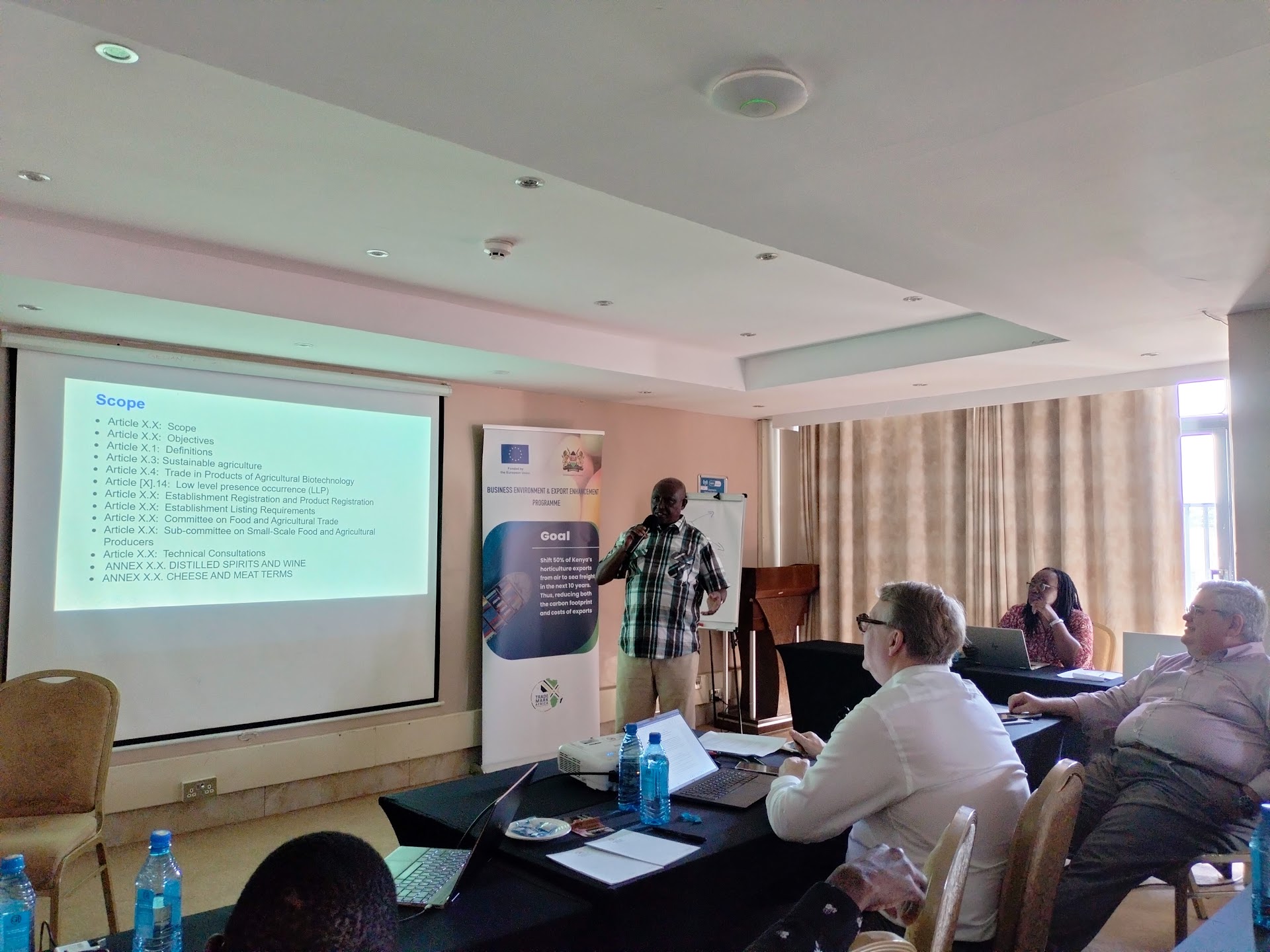
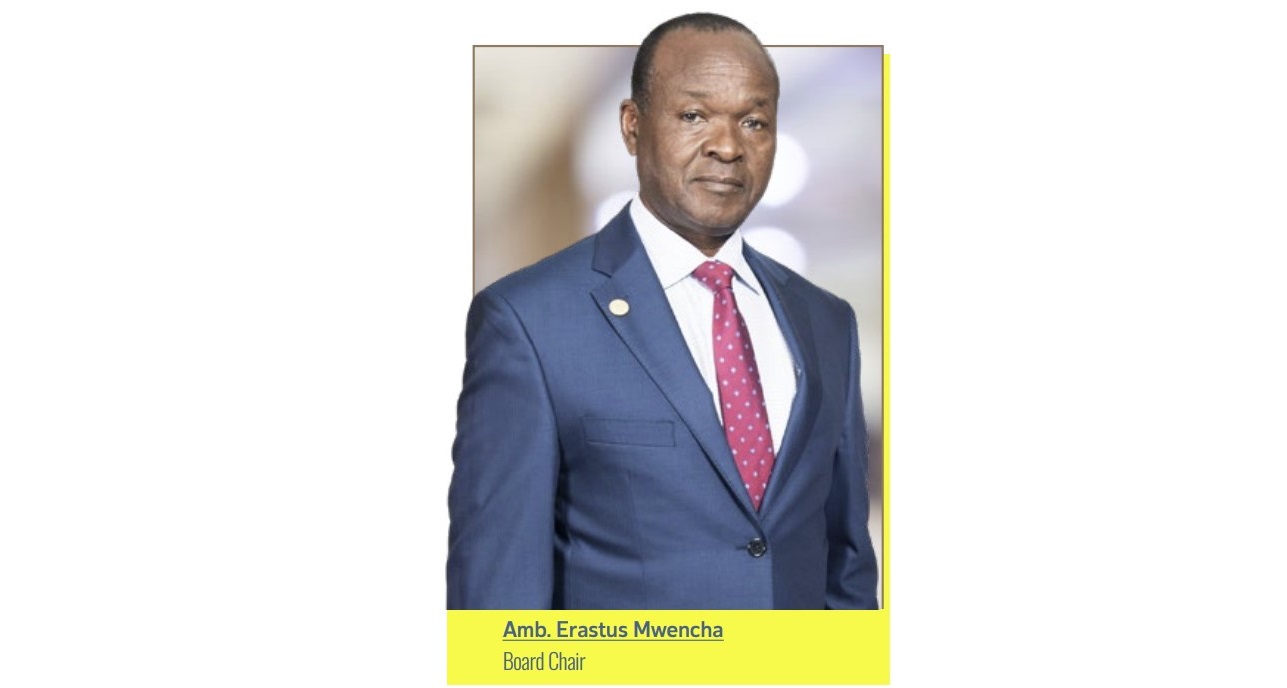
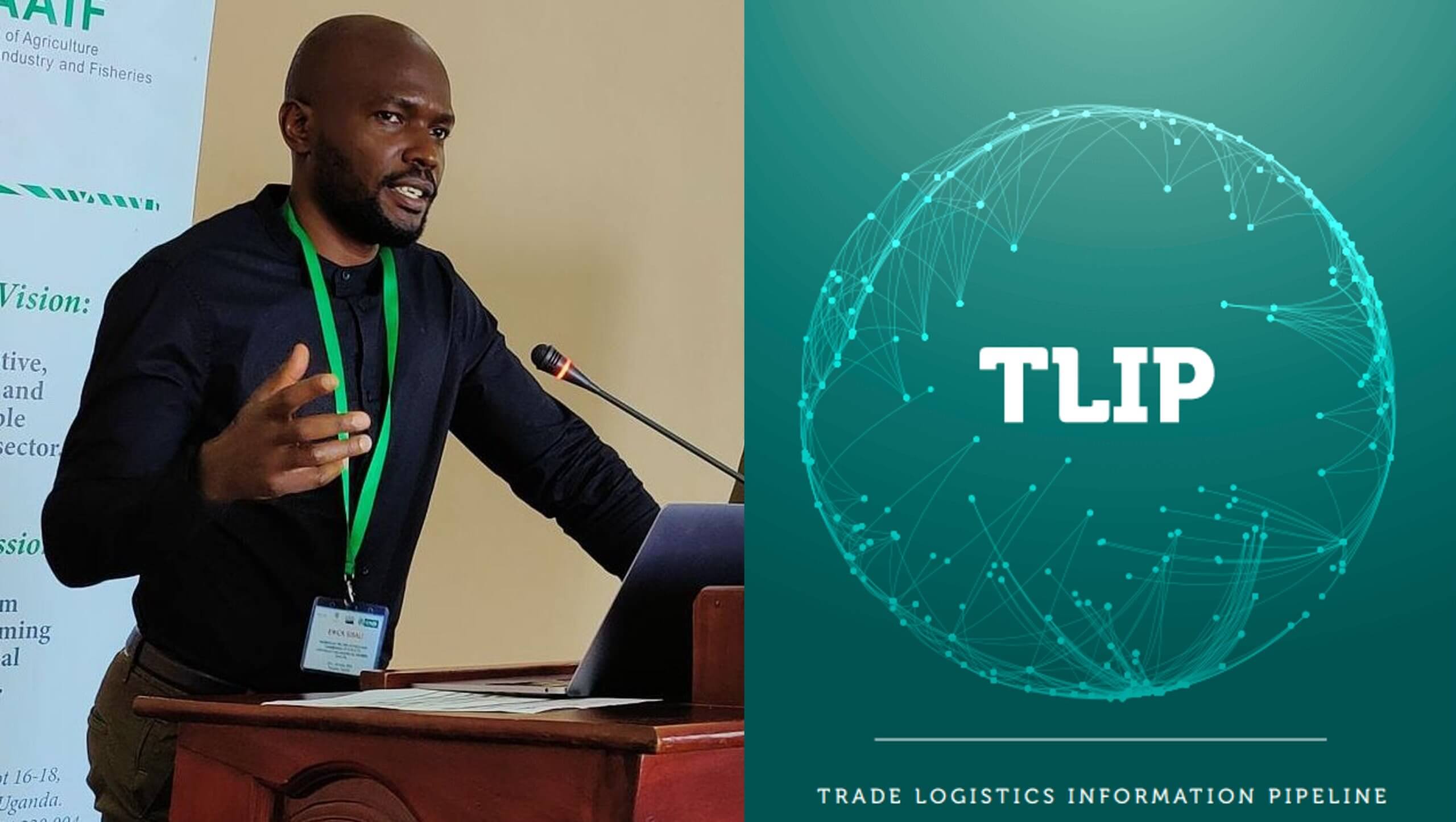
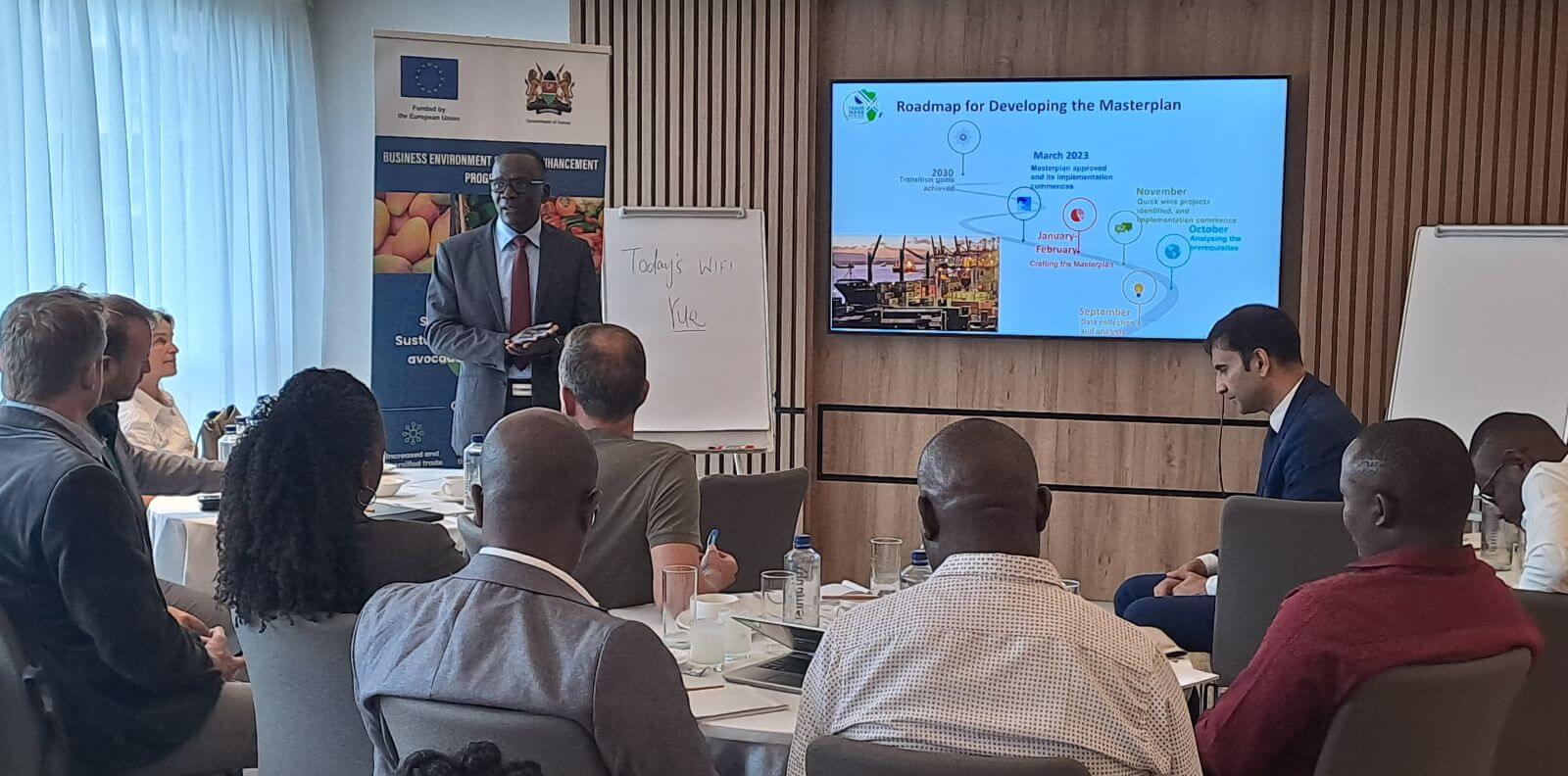
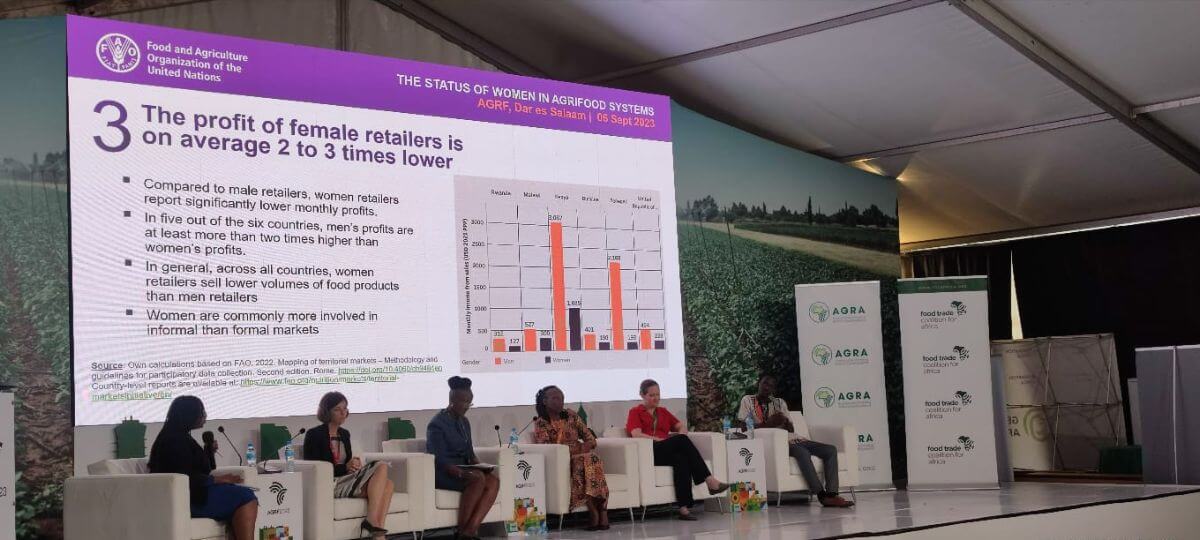
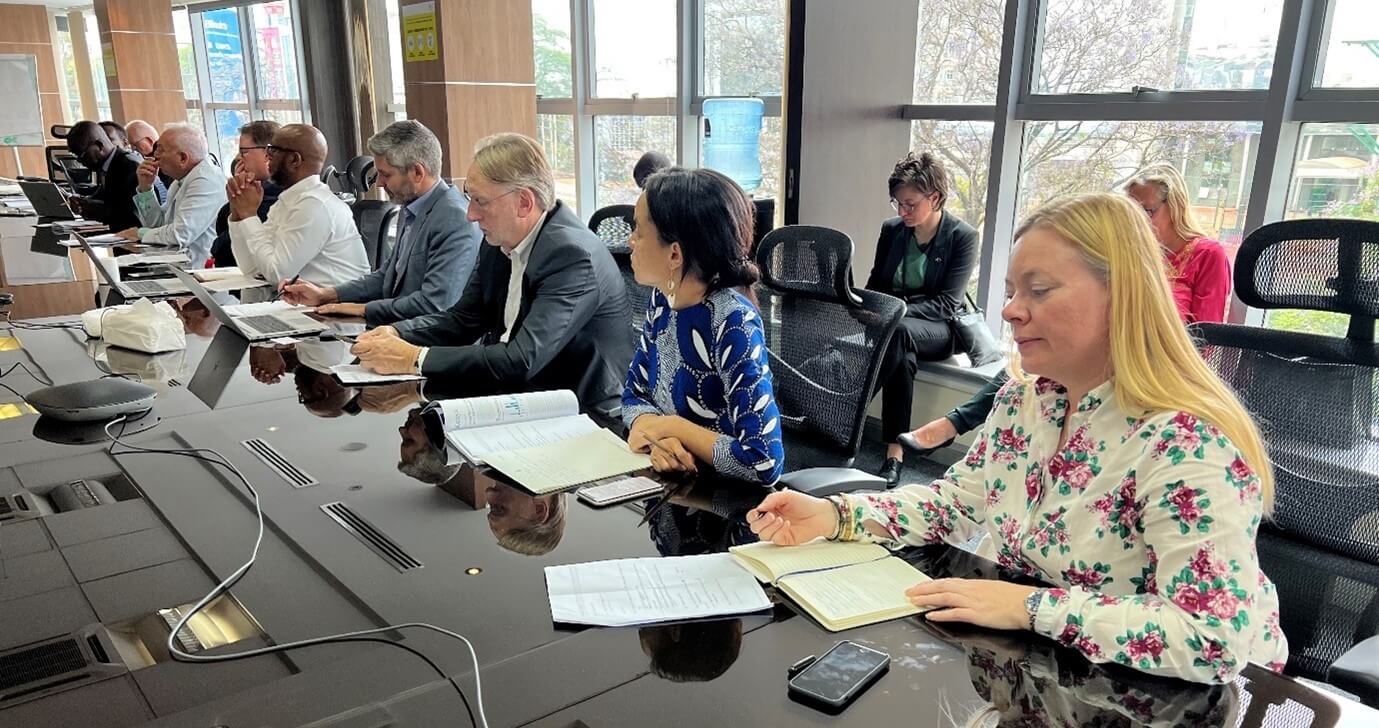
![How EU-Africa partnership is unlocking sustainable trade in Africa [Op-Ed]](https://www.trademarkafrica.com/wp-content/uploads/2022/06/eu.webp)
















